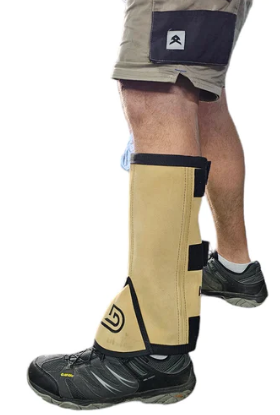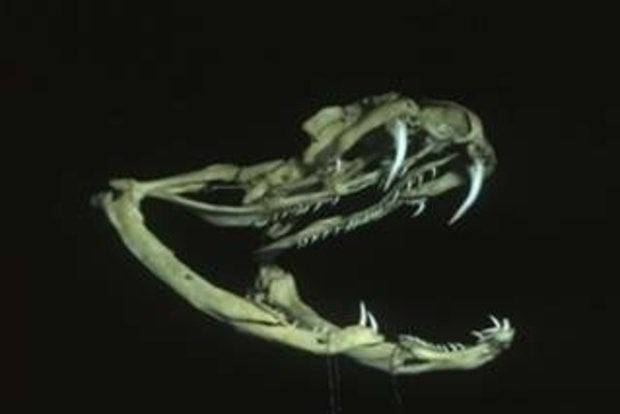SNAKE Season
Spring has sprung ….. and so have the “Joe Blakes” (SNAKES) !
Due to warmer and drier conditions forecast this year in Australia, it is anticipated that snakes may become more active.
Unfortunately, a man recently died in Queensland following a snake bite incident.
According to official statistics, Eastern Brown snakes are responsible for the majority of snake bite deaths in Australia. Up to 65 per cent of fatalities between 2000 and 2016 were attributed to an Eastern Brown snake, which is found across most of eastern Australia.
A total of 29 PEOPLE DIED from various snake bites between 2010 to 2019 in Australia.
About THREE THOUSAND (3,000) snake bites are reported each year in Australia.
Queensland Ambulance Service (QAS) data revealed more than 800 people were bitten by snakes in Queensland each year from 2020 to 2022. In January 2023 alone, 97 people were bitten in Queensland.
Six out of 8 (three-quarters, i.e. 75%) of the fatal snake bites in Australia since January 2020 have occurred in Queensland.
A QAS spokesperson said MOST SNAKE BITES OCCUR ON THE LOWER LIMBS, and many happen when people are trying to kill or move a snake.
Fangs
An adult Coastal Taipan snake has fangs up to about 0.5 inches (12mm = 1.2cm) long. In comparison, an adult Eastern Brown snake has significantly shorter fangs of only approximately 3mm long.
A recent ABC News report included the following information about the Taipan:
"The Taipan is listed as one of the world's most dangerous and venomous snakes. Its venom works fast, attacking the heart, the blood stream and the nervous system, causing paralysis and convulsions while the patient's skin turns black."
Gold Rat sell Aussie-made gaiters (in canvas, or leather), and also snake bite first aid kits.


My tips ..... when it comes to snakes (based on my experience in the bush throughout Australia over several decades):
1. Always wear fully-enclosed shoes (preferably leather boots), thick socks, long trousers, and also high-quality gaiters - that cover the whole of the lower legs up to the knee. The other advantage of wearing gaiters (as I know from experience) - is that my high-quality gaiters also prevent the penetration of spinifex needles from harming me.
2. Never run through high grass.
3. Never immediately reach down to the ground & move objects such as sheets of iron, logs, timber, boulders etc. - without firstly assuming a snake could be concealed under/behind such objects. Use a long-handled item such as a long stick or pole (or a long-handled shovel) to initially hit-impact such an object to reveal/or rule out the presence of a snake. Also wear thick leather gloves if possible.
4. Always carry (including when walking) appropriate/quailty First-Aid equipment, and also know how to apply First Aid properly , and also carry a recently-tested Personal Locator Beacon (or EPIRB).
A question to consider .......
Do Minelab pulse-induction metal detectors, when operating, repel snakes or not ?
I wonder !
Interestingly, I read that scientists from two Queensland universities recently found that some Australian snakes such as Taipans, brown snakes & death adders can hear, as well as sense vibrations.

